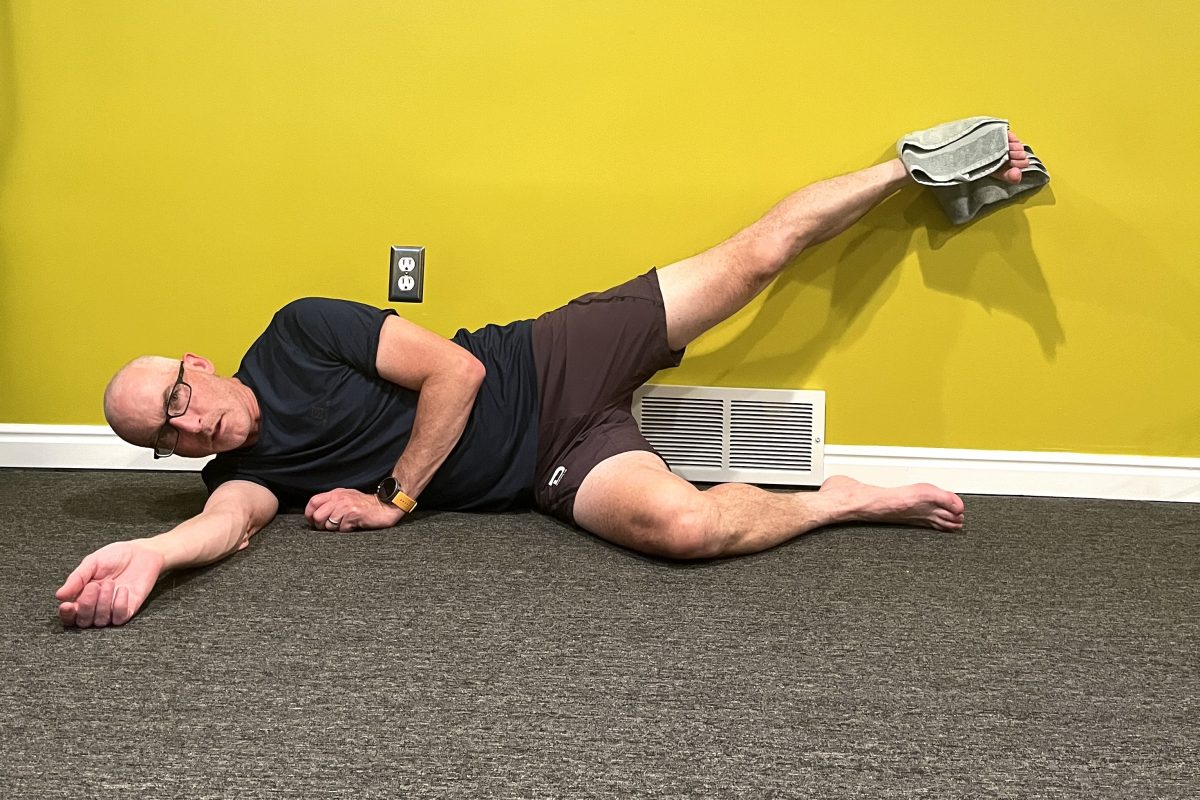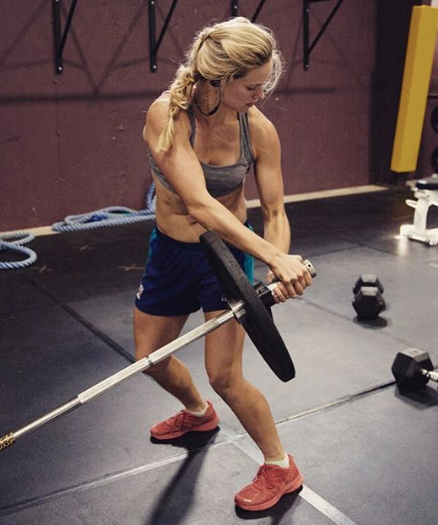Interesting facts about Marit Bjorgun, Beckie Scott, some of the Worlds best soccer players and World orienteering champion Emil Wingstedt’s training.
Soccer fans in Celtic, Barcelona and Manchester United have screamed themselves hoarse when watching their hero, Super-Swede Henrik “Henke†Larson. Not as celebrated by fans, but still best in the World, is orienteering runner Emil Wingstedt. They have one thing in common, they are training using the same methods developed by two Norwegians. This was revealed when Emil was recently interviewed by Swedish orienteering magazine Skogssport (#3, 2007).
*Editor’s note:
These methods were also used by Beckie Scott in the 2004-2005 and 2005-2006 season to achieve 4 World Cup victories, 9 World Cup podiums and second place in the overall World Cup and by Marit Bjorgun to become the World’s best female skier. Upcoming Norwegian star, Petter Northug has mentioned on several occasions that he is using various versions of Bjorgun’s coach Svein Tore Samdal’s intensity blocks.
Background articles/sources:
Swedish Skogssport Magazine #3, 2007 (article translated)
Swedish GLID Magazine # 6, 2006 — 9-page article about Marit Bjorgen and Beckie Scott’s training methods
FasterSkier.com article: Former Norwegian Coach Samdal claims Bjorgen's coach is lying http://www.fasterskier.com/news4078.html
Emil Wingstedt contacted Jan Helgerud and Jan Hoff at the University of Trondheim, Norway in the fall of 2001 regarding getting help with a talk about training. He had at that point no idea what type of successful turnaround this would mean for his career.
Jan Helgerud is a professor and Jan Hoff is a researcher at the School of medicine at the University of Trondheim. They have through their research developed training methods built upon two main principles:
– Interval training
– Max-strength training
Emil absorbed everything
Emil Wingstedt learned as much as he could at their talk that evening in the fall of 2001, and started exclusively utilizing their methods. He has since then kept on working with Helgerud and Hoff and has met with them at a number of occasions including for testing over the years.
At about the same time, a 24-year old Scotsman, Kenny McMillan became responsible for physical training in Scotland’s premier soccer club Celtic. McMillan got to know from Celtic pro Martin Harald Brattbakk of Norway about the progress Norwegian soccer club Rosenborg had in the nineties, when the team posted World record for soccer clubs in maximal oxygen uptake (VO2-Max) results for the players. All thanks to Helgerud and Hoff’s training-physiology.
World record by Henke and his teammates
Celtic with Henke Larsson as their superstar took over the World record from Rosenborg. McMillan graduated in addition with a PhD in football (soccer) physiology in 2005 from University of Trondheim.
Helgerud and Hoff’s services have been requested from many soccer clubs following Celtics progress. Ronaldinio is training like this is Barcelona. Real Madrid’s superstars are doing the same.
– But can endurance athletes in orienteering train the same way as soccer players?
This is how it works, explains Emil Wingstedt:
– You improve the muscles nerve functions with max-strength training. You are this way using a large part of the muscles and this way improves the efficiency.
Squats are used for max-strength training of the legs. Few reps with as heavy loads as you can manage.
– I started with 165 kilo, says Emil, but after 8 weeks I could do series with 205 kilo.
– The result is better strength which makes every running stride a little longer and this means better running-economy.
Max-strength training gives better explosiveness and strong muscles which is an advantage.
It’s on the other hand not a good idea to increase muscle mass for orienteering runners and long-distance runners, but you are not doing this by training with few reps and maximum loads.
Strength training as part of peaking
It’s common for many orienteering runners to include strength training in the build-up period in the winter, but for then to let go of this part of the training when the season starts.
– Strength and explosiveness in the muscles is like food with a close expiration date, says Wingstedt. I’m doing max-strength in the gym systematically even during the season and up to just a week before the start of big competitions.
Four minutes intervals are optimal
The interval-training developed by Helgerud and Hoff has a simple approach that suits everyone. That is 4 x 4 minutes intervals with 3-minutes active recovery (walk or easy jog to remove lactate). What’s interesting with their tests is that it’s the same training, 4 x 4 minutes intervals that works for recovering heart patients as well as for World Champion Wingstedt. The only difference is the the level.
Maximal oxygen uptake is the most important factor for progress and the researcher have concluded that optimal results are achieved through 4 x 4 minute intervals.
Don’t you ever train longer distances?
– Yes I do, but that’s training at competition speed at the same length as I compete in, that means 1.30-1.40 for the long events and around 35 minutes for our medium length competitions.
Why doesn’t everyone train like this if it’s that simple?
I’m experiencing that there is lots of skepticism in the sport World for what researchers are presenting. Leaders and coaches are often former athletes who brings along old methods.
– It’s then of course important to believe in what you are doing and then to succeed in utilizing it. For me it gave very fast results. I started training like this ahead of the 2002 season and my performance curve have steadily improved since then, so I have never doubted it, says Wingstedt.
Do you tell your competitors what you are doing when you find a training method that works so well?
– I didn’t tell anyone in the beginning and felt for keeping it to myself, it was in a way “my†method. But I have now realized that it doesn’t matter at all. I have explained my methods to everyone on the national team but no-one is copying me. Everyone is doing their own and doesn’t dare to do what I have done.
Source: Skogssport



